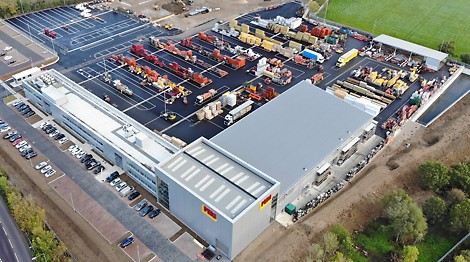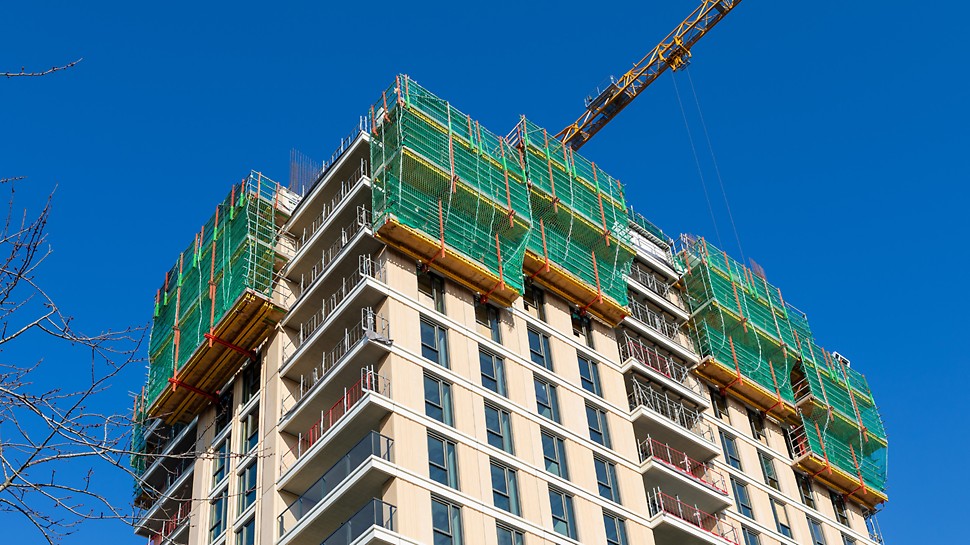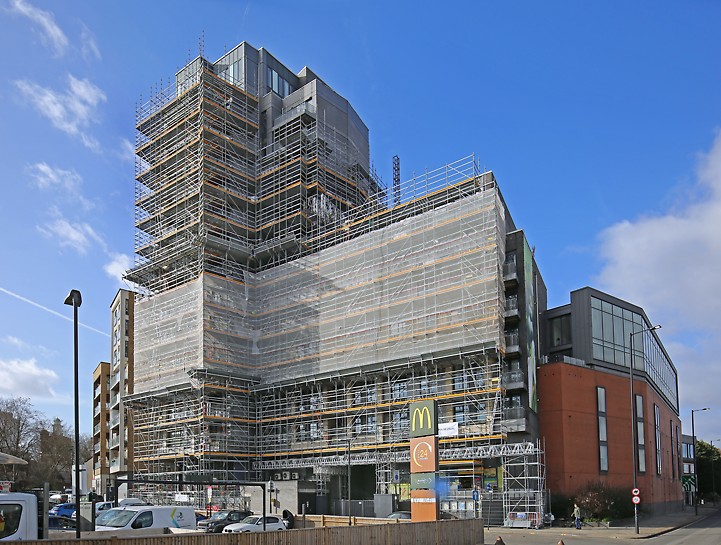Bekijk alles in een oogopslag
Ons gehele assortiment producten en diensten
Hieronder kun je zien wat we allemaal te bieden hebben. Vind de beste oplossing voor jouw project. Wij kunnen je natuurlijk ook altijd adviseren.

Benieuwd hoe PERI je kan ondersteunen bij jouw volgende project?
Voor al je vragen kun je ons bereiken op +31 (73) 5 47 91 00 of mail naar info@peri.nl



